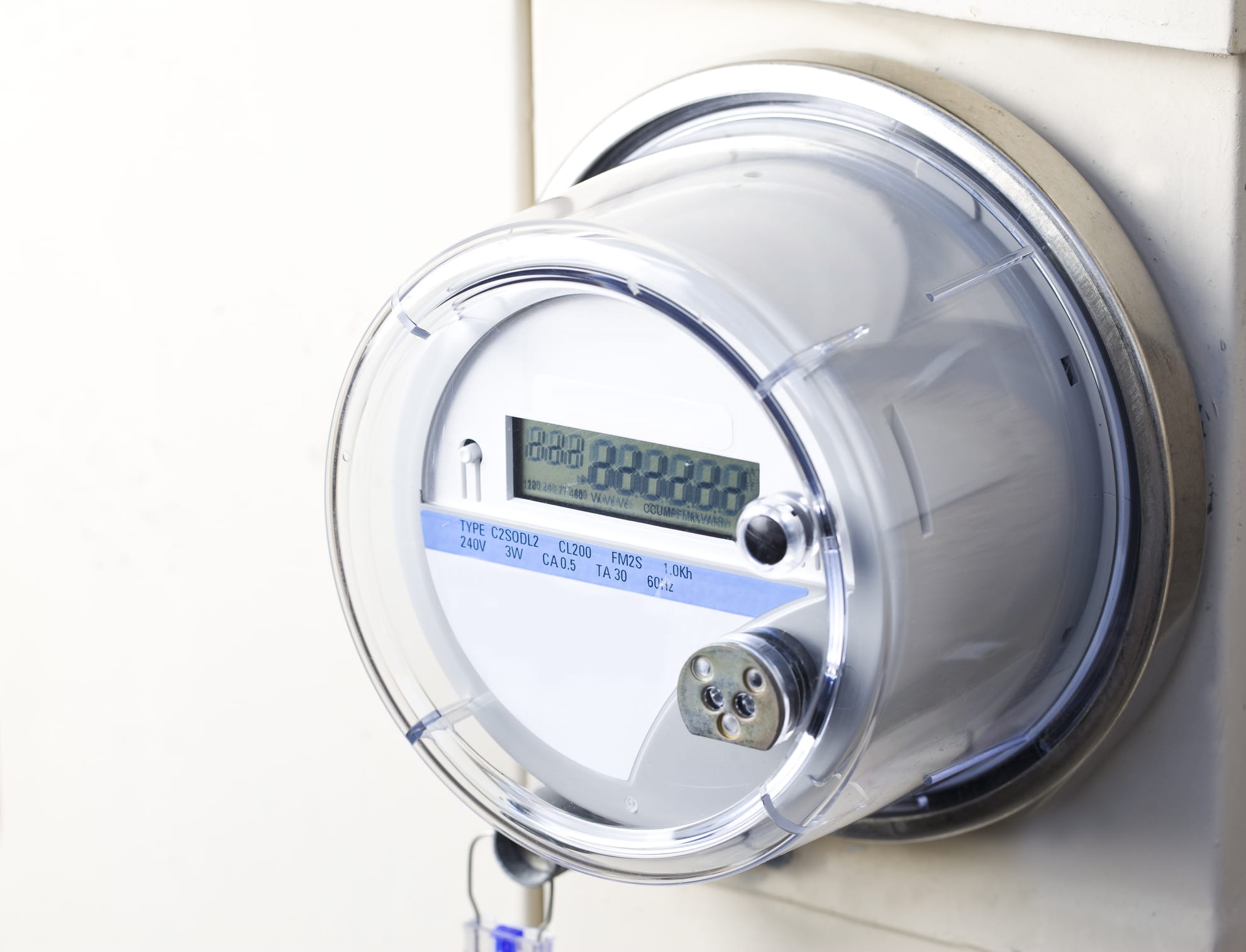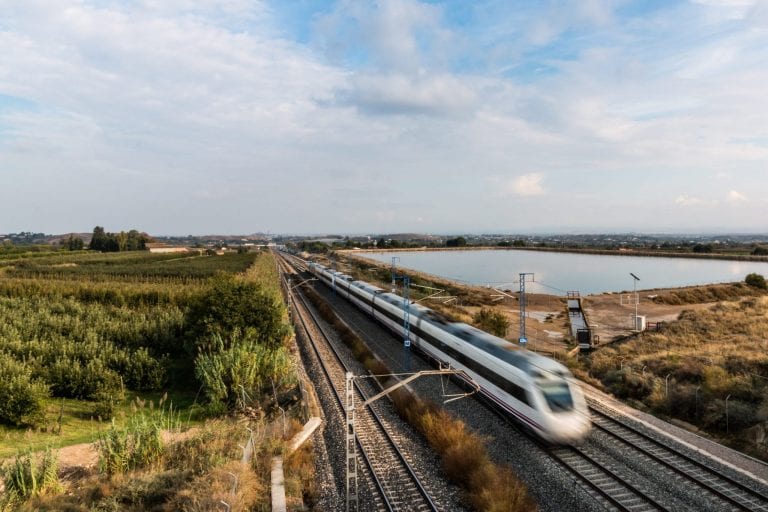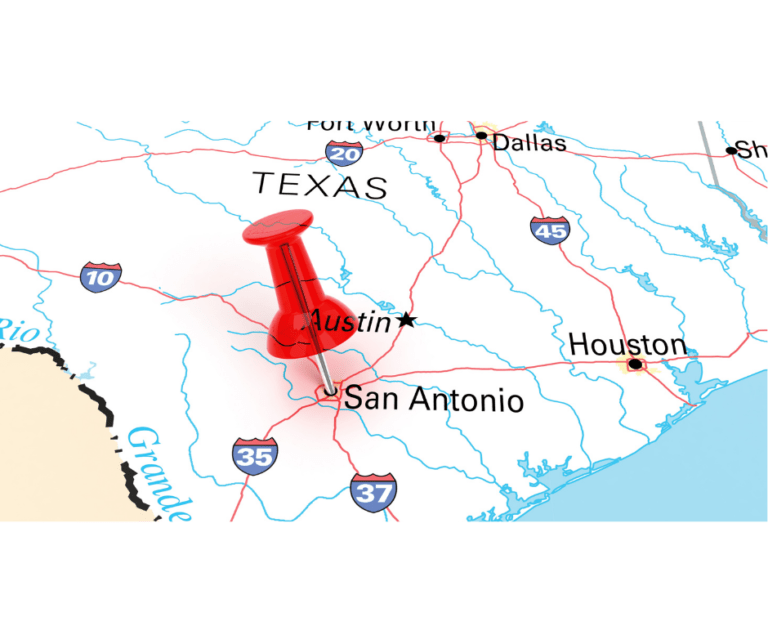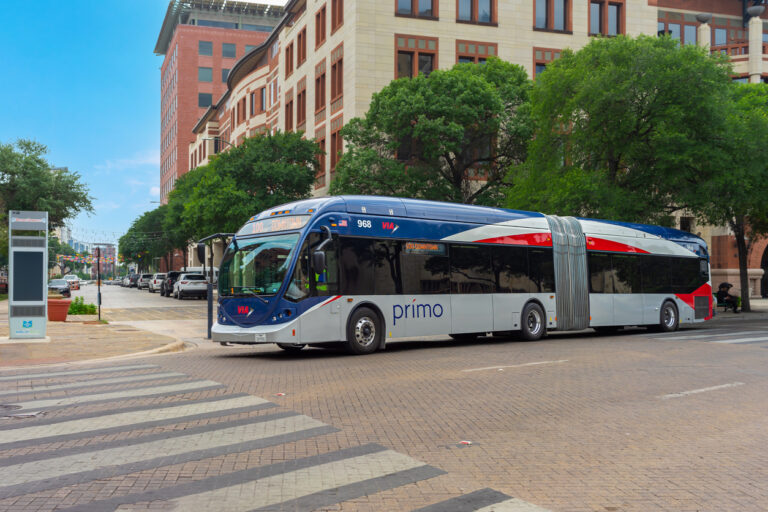
By John Moreno, CPS Energy Contributor
South Texas is known for its sprawling pastures, longhorns and sizzlin’ summers. To help beat the heat, customers are cranking down their thermostats to stay cool and comfortable. How does that affect utility bills and budgets?
Those lower thermostat settings can lead to much higher energy usage and bills. Why? Air conditioning can account for a whopping 50% or more of your summer energy bills! Ensuring your AC unit is well-maintained and running efficiently is key in preventing sticker shock when the electric bill arrives.
Recently, I spoke with Tom Damiani with San Antonio-based Damiani’s Comfort Design. I asked him a few HVAC-related questions on how to keep homes comfortable while keeping energy use down. Keep reading to find out about AC repair versus replacement, frequency of changing filters, whether or not to close vents and doors to unoccupied rooms, and more.
Me: How will customers know if they need a repair or a complete AC replacement?
Tom: Usually, it’s a threshold of how old the unit is and what type of unit it is. Every manufacturer offers several models of systems, from builder grade (installed by the builder during construction and likely low-cost model) to high end. Depending on the type of unit you have, it may be nearing its end of life. Homeowners can look at the cost of repair versus the cost of replacement to help them make the decision. When units are around 10 years old and costing hundreds or thousands of dollars for repairs, it may benefit the customer in the long run to replace the unit.
Me: Can my energy bill increase year to year if I always maintain the same temperature setting in the summer?
Tom: As units get older, they may not be working as efficiently as before. They have a more challenging time maintaining the temperature you have set. Often, I find that ductwork can be a culprit of higher bills. As insulation around the flex duct starts to degrade, the unit has a harder time keeping your house cool.
Me: Should vents or doors in unoccupied rooms be closed?
Tom: Units are designed off a certain static pressure, so closing and sealing off vents and interior doors add to the unit’s stress and decrease your overall airflow. Doing this can result in resistance and issues with coils leaking, compressor failure, and motors and capacitors failing because the AC unit is working too hard. The air return of the unit must match the output of the system.
Me: Is proper duct size important for energy efficiency?
Tom: The same sized duct throughout the house is not efficient. It’s essential to look at the volume of space in the room you are trying to cool and which direction it is facing, and how many windows are in that room. Two same-sized rooms can have different sized ductwork depending on orientation and number of windows. Duct systems should be designed based on a room’s cubic feet per minute (CFM) requirement, then you can control dampers and move the air to where it is needed and avoid hot and cold spots. Be sure to seek the help of a licensed and bonded professional. This action will help homeowners lower their utility bills.
Me: Why do lines freeze at my outside unit?
Tom: The unit may be low on refrigerant, the ductwork might be undersized, the air return is drastically undersized, or it could be a plugged filter.
Me: Should customers check their air filters at least twice a month in the summer?
Tom: Absolutely. My friends always ask me, “How often should I change the filters?” My response is, “How often do you want to see me?” The higher efficient 5-inch filters that your specific AC manufacturer recommends, can be changed every six months. One-inch filters at the unit or the return air grill should be changed a minimum of once a month. If you have an older house or lots of in-and-out traffic, and pets, then those filters likely need to be changed twice a month.
Me: We recommend a temperature setting of 78 degrees on the AC system for customers to save money on their cooling cost during the summer. Although not recommended, we know some customers may set it cooler than that. For optimal efficiency, should customers set their thermostat to where there is about a 20-degree differential from outside temperature? For example, if it’s 101 degrees outside, should the thermostat be set at or near 81 degrees?
Tom: That is a fact. Load calculations are based on design criteria. This considers the size of the home in volume, number of windows and other factors. Diverting much from the 20-degree difference means the AC is working harder and longer. If customers choose to oversize the unit to keep the house cold, they may experience higher-than-normal humidity in the home. The unit then turns on more often, resulting in higher bills.
Me: What are variable speed compressors?
Tom: Variable speed compressors provide unbelievable comfort. They have between 65-80 stages to go through to achieve great comfort and can have a Seasonal Energy Efficiency Ratio (SEER) in the 20s. Unlike units that run at 100 percent capacity, variable speed compressors can cycle through stages to meet the temperature needed in the home. This can help save money as the unit is capable of drawing less electricity.
Me: What role does return air play in energy efficiency?
Tom: Most homes do not have enough return air. A system is designed to blow out as much air as returned for the unit to work properly. If the unit cannot suck back the same amount of air it pushes out, it will start pulling it from cracks and air gaps around the windows, doors and even attics. These areas bring more dust into the house. Evidence of air infiltration is dirt buildup on the floor, window sills, blinds and curtains, and near doors. This is because the AC is pulling air from the outside, a clear sign that there is an issue with return air. Those homes will need to have their air filters changed more often. Pulling air through doors and windows also brings in warm air from outside, causing your air conditioner to work harder. It’s important not to close vents or doors in unoccupied rooms that do not have return air in them.
According to energy.gov, today’s best air conditioners use 30% to 50% less energy to produce the same amount of cooling as air conditioners made in the mid-1970s. Even if your air conditioner is only 10 years old, you may save 20% to 40% on your cooling energy costs by replacing it with a newer, more efficient model.
If you are having issues with your air conditioner, it’s best to seek more than one quote for the repair or replacement of your unit. Keep in mind that you may be able to qualify for a rebate from both CPS Energy and/or federal tax credit on the purchase of a new AC system.
For more tips on air conditioning, visit www.cpsenergy.com or www.energy.gov.
Source: CPS Energy







